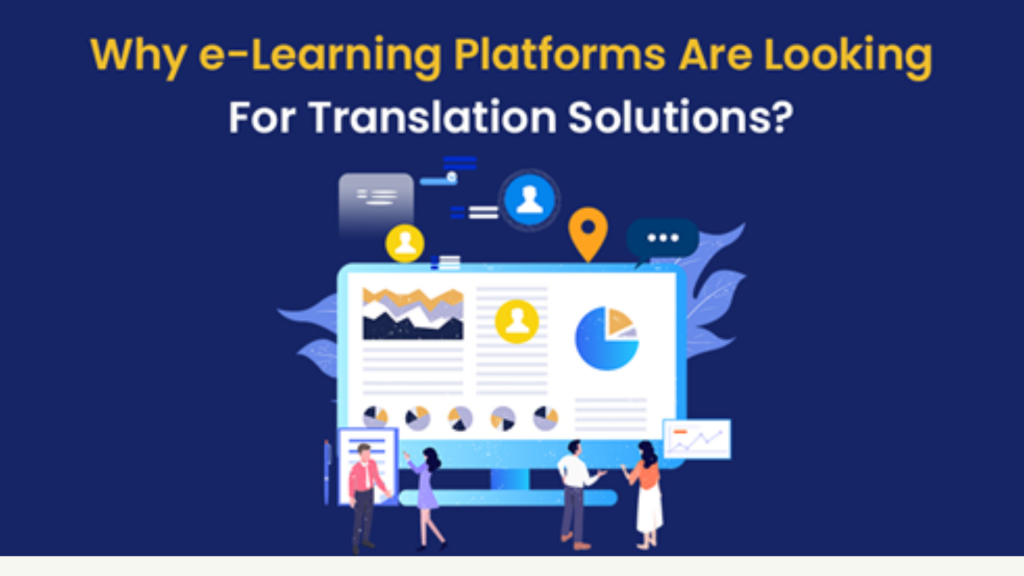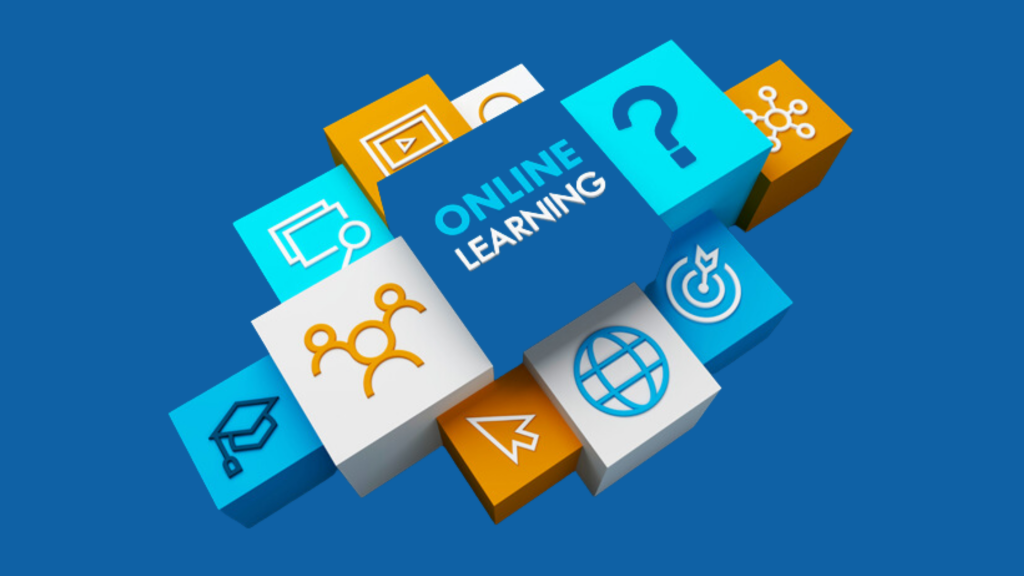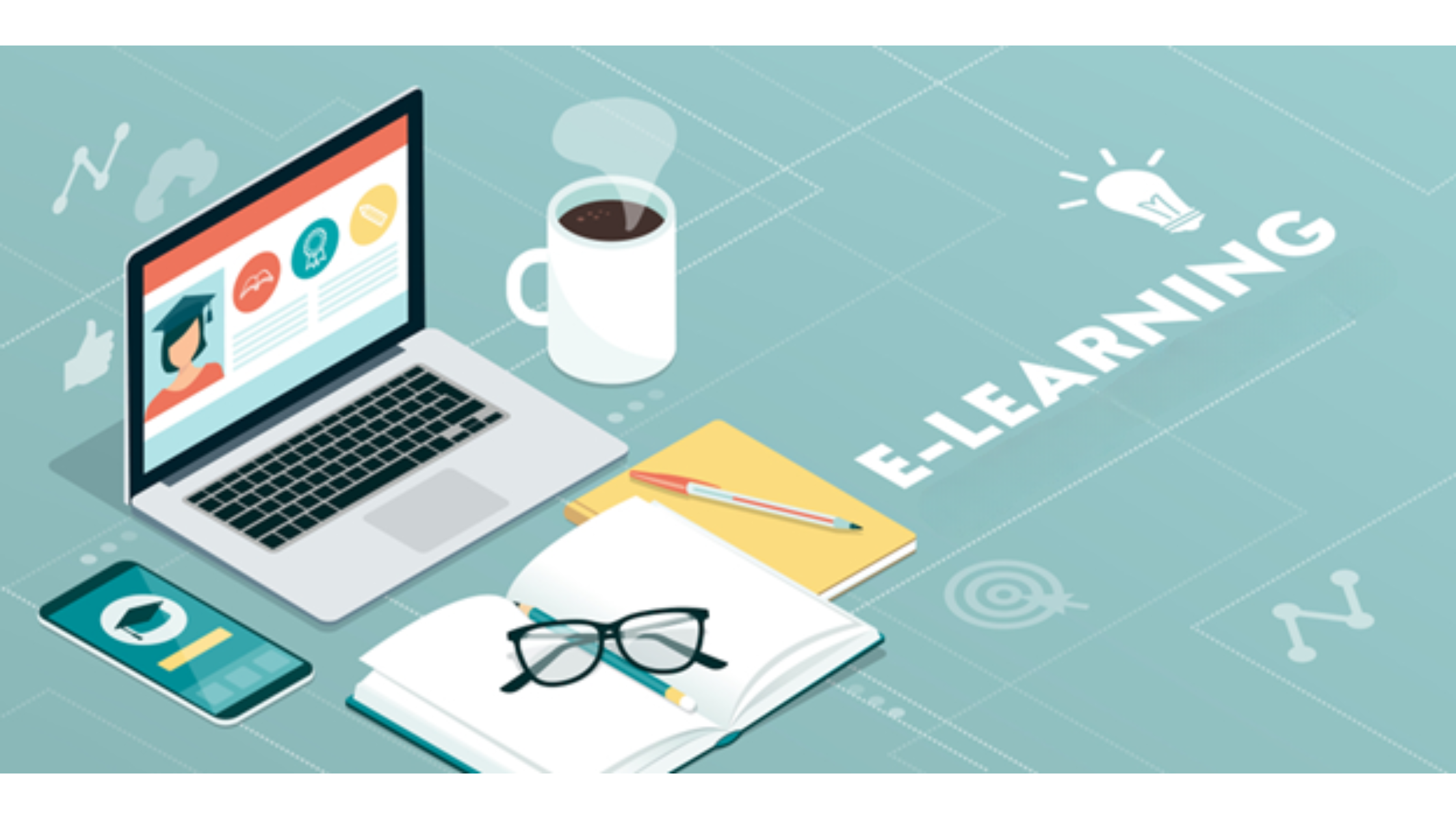Introduction
In the fast-changing education landscape, e-learning platforms have emerged as critical instruments for global learning and information distribution. As these platforms gain a larger international audience, the requirement for good translation becomes more apparent. Effective translation is essential for making educational information accessible, comprehensible, and interesting for students who speak several languages.
This blog article will look at the critical function that translation plays in worldwide e-learning platforms, specifically how it overcomes linguistic divides and provides educational possibilities to a varied global audience.
Globalization of E-Learning
The digital revolution has significantly altered the educational environment, resulting in the emergence of e-learning platforms that cater to learners all over the world. The globalization of e-learning represents a trend toward more inclusive and accessible education, removing geographical and language obstacles.
With the growth of online courses, MOOCs (Massive Open Online Courses), and virtual classrooms, educational information is reaching more people than ever before.

However, the worldwide reach of e-learning platforms needs the inclusion of multilingual material in order to successfully address a varied audience. These platforms must not only be available but also accessible in the languages spoken by their users.
This method assures that all learners, regardless of location or native language, have equitable access to instructional resources.
Coursera, edX, and Khan Academy, for example, provide courses in different languages, allowing non-English speakers to access high-quality education. This multilingual method is critical for democratizing education by allowing information to cross linguistic borders and allowing students from many cultural backgrounds to engage in global learning communities.
The extension of e-learning into several languages is an important step toward a more connected and informed society.
Strategies for Effective E-Learning Translation
To ensure the successful translation of e-learning content, many main tactics may be used:
- Collaboration with Subject Matter Experts:
Working with subject matter experts is critical for ensuring technical language and concepts are correct. Subject matter experts may offer useful insights into the subtleties of the subject, ensuring that the translation retains its original instructional value.
- Localization and Cultural Adaptation:
In addition to translating the text, the content must be tailored to the target audience’s cultural background. This procedure, known as localization, entails changing examples, idioms, and cultural allusions to make the curriculum more relevant and successful for students from various backgrounds.

- Utilizing Technology:
Advanced translation software and tools can help to preserve consistency and efficiency in the translation process. However, human control is still required to guarantee that the intricacies of language and topic matter are appropriately recorded.
- Vocabulary Consistency:
It is critical to establish and use a consistent set of vocabulary, particularly for courses that cover specialized subjects or technical disciplines. This consistency aids in preserving clarity and coherence throughout the learning content.
- Interactive and multimedia aspects:
For e-learning systems that incorporate movies, animations, and interactive assessments, it is critical that these elements are also translated. To create a completely immersive learning experience, videos may need to be subtitled, images adapted, and interactive components localized.
- Testing and Feedback:
Once the material has been translated, it is important to test it with a representative sample of the target audience. This testing feedback might assist in identifying any areas that require more adaptation or explanation.
By employing these tactics, e-learning platforms may deliver high-quality, accessible, and culturally appropriate educational content to learners all over the world, increasing the program’s efficacy and reach.
Concluding Thoughts
In conclusion, translation is an essential component of the global e-learning environment. As educational platforms expand their reach to serve a worldwide audience, the requirement for accurate, culturally sensitive, and pedagogically suitable translation grows.
Translation’s function in e-learning is more than just language conversion; it also involves building an inclusive and accessible learning environment for students from various linguistic backgrounds.
The difficulties connected with translating e-learning content, ranging from technical terminology to cultural subtleties, emphasize the necessity for qualified translation specialists who are fluent in both language and subject area. The success stories of platforms such as Duolingo and Khan Academy demonstrate the transformational power of well-executed translation and localization tactics in the realm of digital education.

Looking ahead, the future of e-learning translation is bright and full of opportunities. With technological breakthroughs such as AI and machine intelligence, as well as an increasing emphasis on localization, there are several opportunities for developing compelling and effective multilingual instructional material. The use of novel teaching methods and formats will broaden the scope of translation in e-learning.
Finally, the purpose of translation in e-learning is to democratize education by making it available to learners worldwide, regardless of language. It is about breaking down information boundaries and creating a worldwide learning community.
As the globe becomes more linked, the value of translation in e-learning will increase, paving the path for a more educated, informed, and connected global community.
Oriental Solutions experienced translation services can help your e-learning platform reach a worldwide audience. Localize your material seamlessly to engage learners throughout the world. Enhance your teaching resources and broaden your reach.
Contact Oriental Solutions now to improve the accessibility and impact of your e-learning platform.




